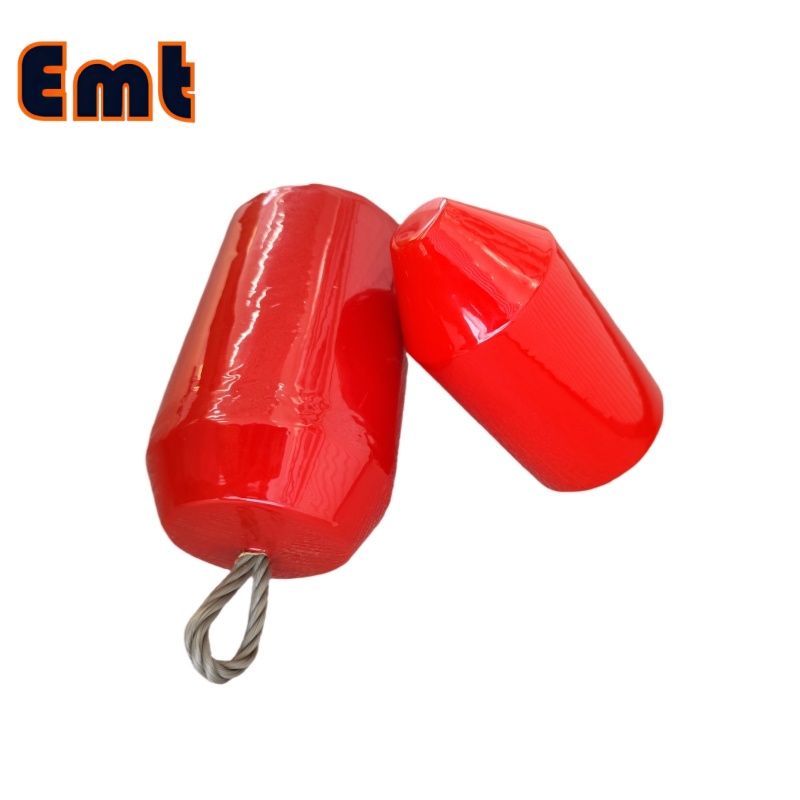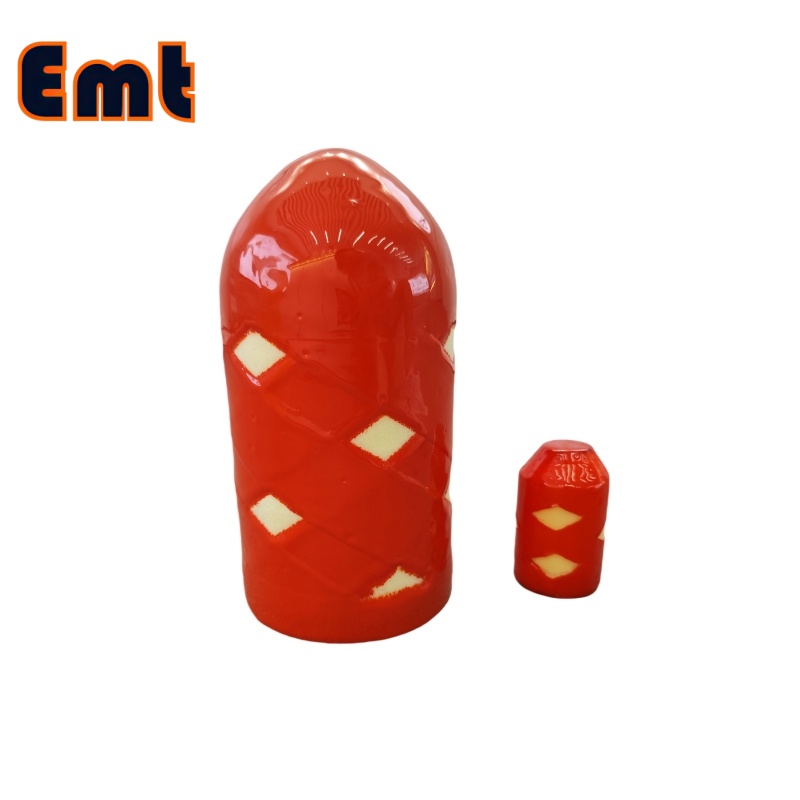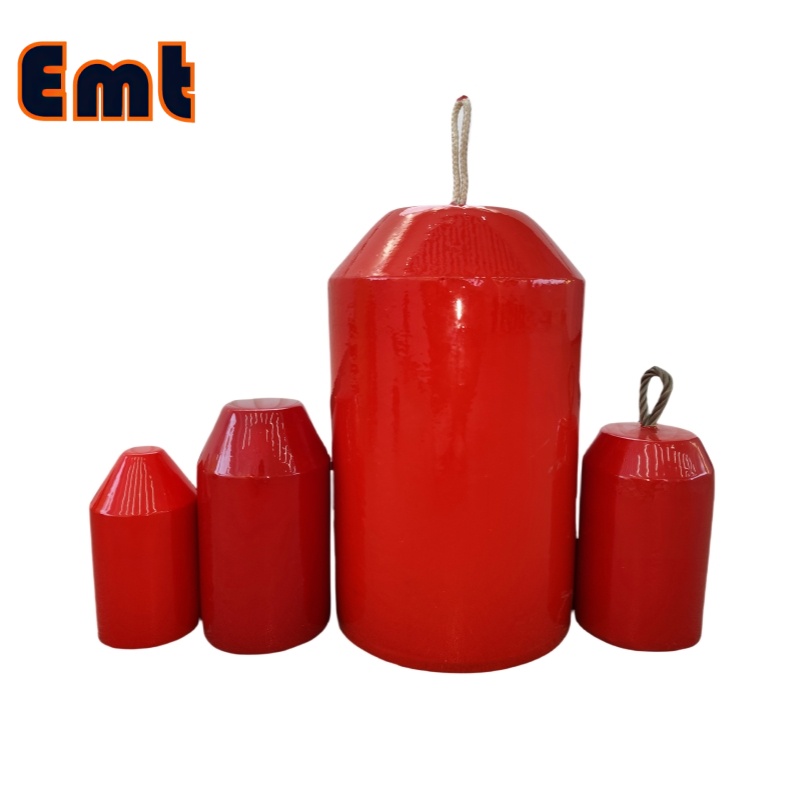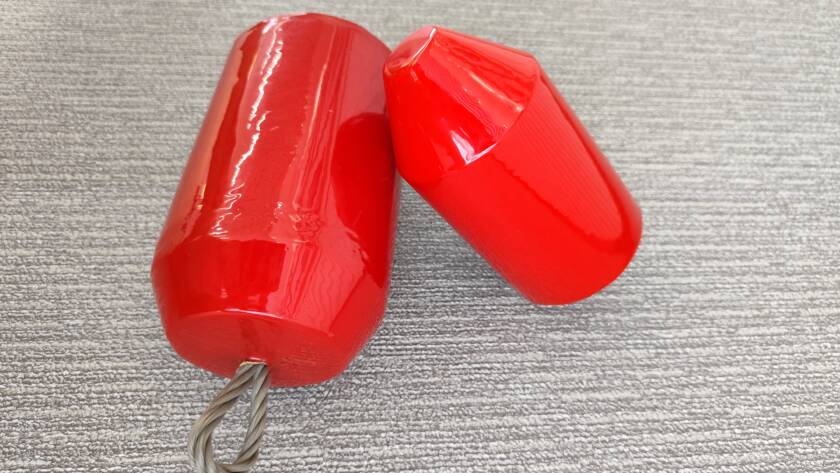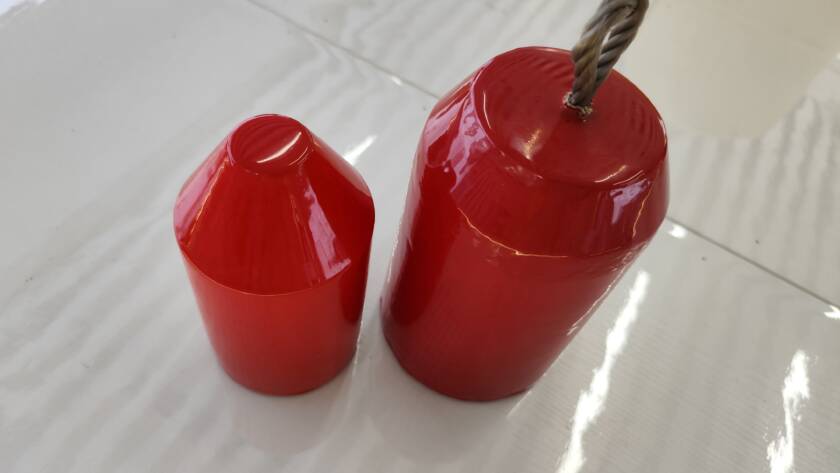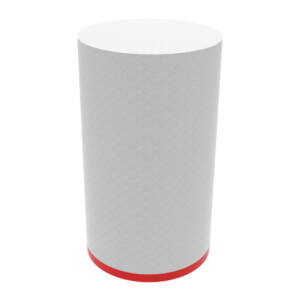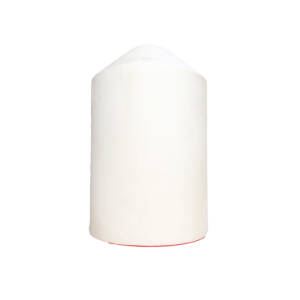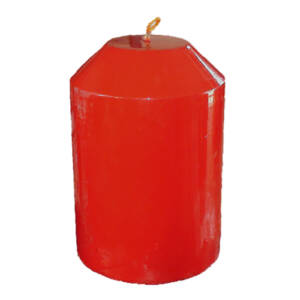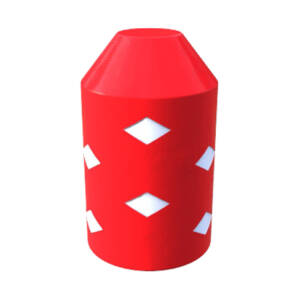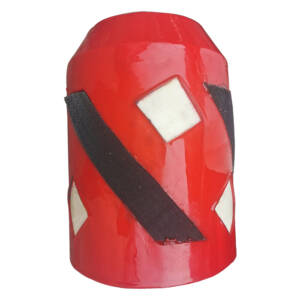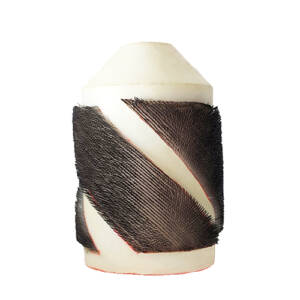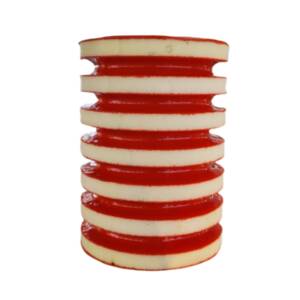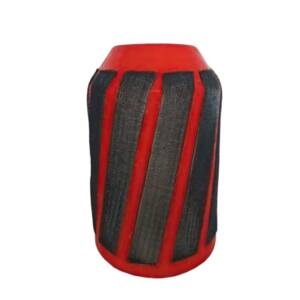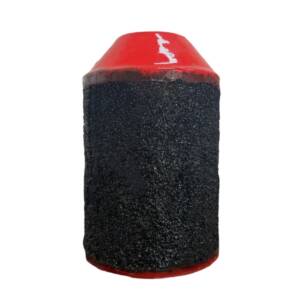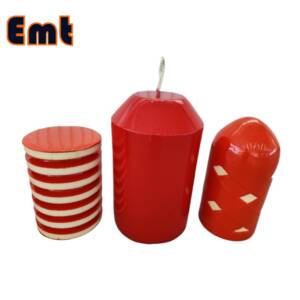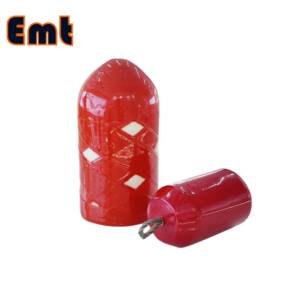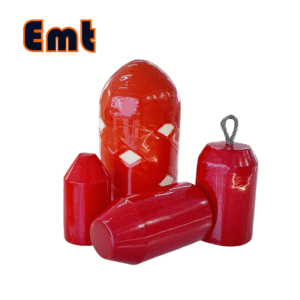Description
Poly Pigs, also known as Foam Pigs, are versatile and cost-effective pipeline cleaning tools made from open-cell polyurethane foam. They are widely used across industries—including oil & gas, water treatment, chemical processing, and food & beverage—to clean pipelines, remove debris, and assist in product displacement.
What is a Poly Pig?
A Poly Pig is a flexible, lightweight pig that conforms to the internal shape of a pipeline. It is typically cylindrical and can be coated with various materials to enhance its cleaning performance or durability.
Common Applications
- Routine pipeline cleaning
- Liquid removal or dewatering
- Batching and product separation
- Displacing residual product
- Pre-inspection line preparation
- Removing rust, scale, wax, or biofilm
Types of Poly Pigs
| Type | Description | Application |
|---|---|---|
| Bare Foam Pig | Uncoated pig made from plain polyurethane foam | Light cleaning, drying, dewatering |
| Criss-Cross Coated Pig | Foam pig with an abrasive urethane coating in a criss-cross pattern | Moderate cleaning and longer wear |
| Fully Coated Foam Pig | Covered entirely in polyurethane elastomer | High-abrasion cleaning and extended runs |
| Wire Brush Foam Pig | Foam pig with embedded wire brushes | Aggressive cleaning and scale removal |
| Dual-Density Foam Pig | Made with two foam densities for added strength | Cleaning lines with tighter bends or restrictions |
Advantages
- Flexible: Easily passes through 90° bends, valves, and reducers.
- Lightweight: Requires minimal force to launch.
- Low Cost: Economical for one-time or short-term use.
- Non-Damaging: Ideal for delicate or lined pipelines.
- Easy to Track: Can be fitted with magnets or transmitters for pig tracking.
Limitations
- Shorter lifespan: Not reusable for many runs, especially in abrasive pipelines.
- May deform: In high-pressure or high-resistance applications.
- Limited sealing: Compared to mandrel pigs with cups/discs.
How to Use Poly Pigs for Pipe Cleaning
- Select the right pig: Based on pipe diameter, length, cleanliness level required, and media type.
- Prepare the launcher: Insert the pig and ensure it fits snugly in the pipe.
- Propel with fluid or gas: Use water, oil, or compressed air to push the pig through the pipeline.
- Monitor pig progress: With tracking devices (optional) or flow rate changes.
- Retrieve and inspect: At the receiver end, check the pig for wear or materials removed.
Industries That Use Poly Pigs
- Oil & Gas: For wax and sludge removal in flowlines.
- Municipal Water Systems: For biofilm and sediment removal.
- Food & Beverage: To push product and reduce waste.
- Chemical Plants: For line clearing and product separation during changeouts.
Conclusion
Poly Pigs are an essential solution for pipeline cleaning and maintenance. Their adaptability, cost-effectiveness, and ease of use make them a go-to choice for light to moderate cleaning tasks in both industrial and municipal environments.


